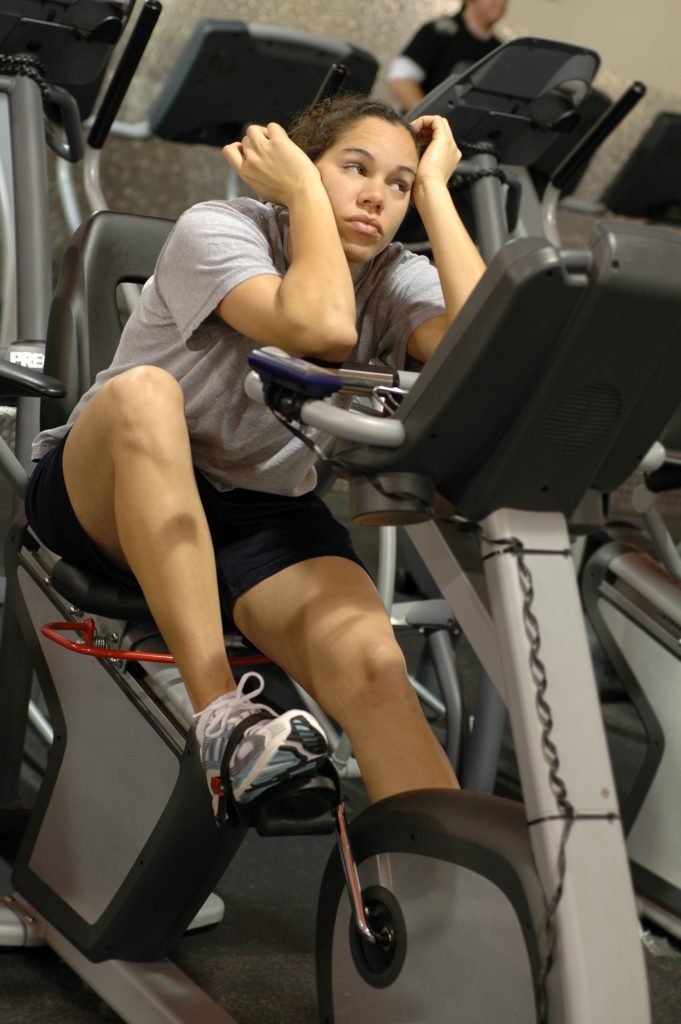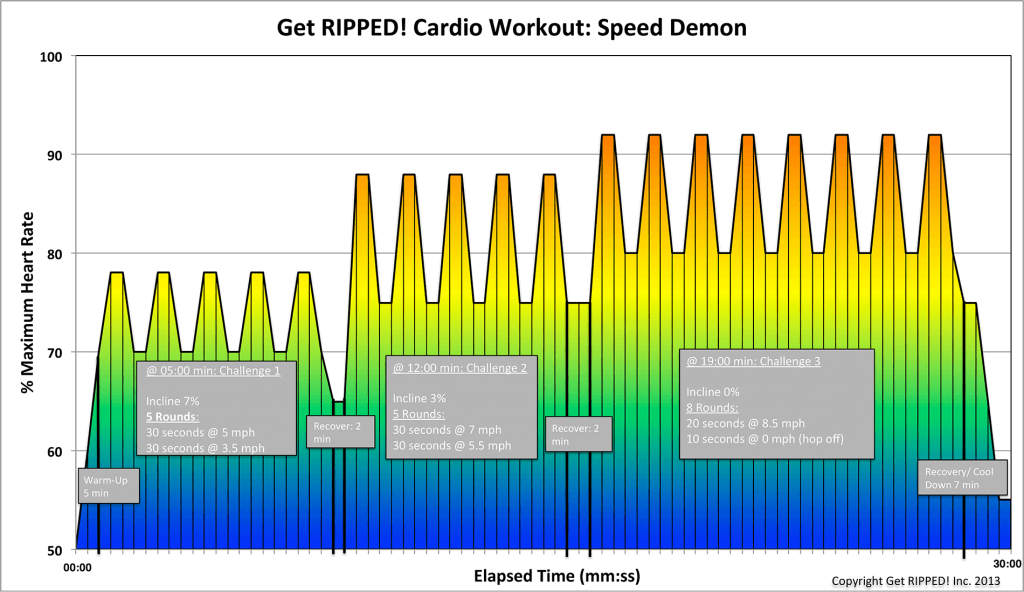Fitness Tips
Hitting an Exercise Plateau: What to do
What is an exercise plateau?
When you reach an exercise plateau, your body becomes accustomed to a workout routine, regardless of intensity. The body has adapted or become accustomed to a specific exercise stimulus. A plateau can also be caused by over-training. Be sure to allow the body adequate rest between workouts to allow the muscles time to repair.
How do you know you’ve reached an exercise plateau?
You no longer feel energized after a workout; instead you feel fatigued and lacking motivation. You may not even feel the drive to complete a workout that you’ve started.
What is a weight-loss plateau?
A weight-loss plateau results when your body adapts to a lower caloric consumption and goes into famine mode. The result is a decrease in metabolism in an attempt to preserve fat reserves. The trick to overcoming a weight-loss plateau is to increase your activity level to give your metabolism a boost.
Tips: What to do when you’ve reached an exercise plateau
1. Change your routine. You can vary your workout routine by trying different cardio exercises, by trying free weights instead of weightlifting machines, or by trying different exercises that target the same muscle groups. This forces the body to adapt, which leads to physical and physiological changes. Change your routine once a month to avoid reaching a plateau and to avoid boredom.
2. Give the body time to rest. Take a week off from your usual structured workout routine and try some less structured, leisurely activities for a week, such as walking, hiking, swimming, or yoga. When you do start back up again, be sure to make a change to your routine.
3. Evaluate your caloric consumption. As your fitness level and muscle mass increase, your metabolism increases, therefore you burn more calories. You may no longer be consuming enough calories to sustain your caloric expenditure. Be sure to listen to your body. If you are hungrier than usual, you may need to increase your caloric intake.
4. Cross-train. You can change your workouts by varying the intensity of your workouts. Try alternating between low-intensity days, moderate-intensity days,and high-intensity days. You can also change up the intensity within a workout session by varying the level of difficulty. Try increasing the weights or increasing the repetitions. If you are using a heart rate monitor, keep track of your average heart rate each workout to ensure that you haven.t lightened the workout to a level below your ability.
5. Get enough sleep to allow for recovery and energy for the next day’s workout. If you can’t break through a plateau, ride it out. It may be that your body just needs a chance to catch up to a new body weight or fitness level.


